Mold assembly is the final stage of mold manufacturing. The quality of assembly directly affects the mold’s precision, service life, and the functionality of its components. Plus, since assembly involves a lot of work, it also impacts the production cycle and costs. That’s why mold assembly is a key part of the entire manufacturing process.
The mold assembly process involves connecting and fixing qualified parts into subassemblies and components according to technical requirements and inter-part relationships, until the complete mold is assembled. This includes subassembly and final assembly.
Assembly tasks include: selecting assembly datums, subassembling components, adjusting, fitting, grinding/polishing, inspecting, and trial-molding. The goal is to meet all precision standards and technical requirements through these steps. Trial-molding and assembly also verify the correctness and rationality of the part forming process, mold design, and manufacturing plans. Any technical or quality issues found during assembly must be solved effectively to ensure the part can be formed properly.
A mold assembly process specification is a technical document guiding assembly, and it’s the basis for production planning and technical preparation. The specification’s complexity varies based on the mold type, its complexity, and the manufacturer’s organizational style. It typically includes: assembly sequences for parts and subassemblies, determination of assembly datums, assembly methods and technical requirements, division of assembly procedures, detailed descriptions of key steps, required special tools and equipment, inspection methods, and acceptance criteria.
Mold assembly precision includes:
(1) Positional accuracy of related parts: Like the position of holes relative to the mold, alignment between upper/lower molds or fixed/moving molds, and the positioning of cavities/holes relative to cores.
(2) Motion accuracy of related parts: Including linearity, circular motion precision, and transmission accuracy. For example, the fit between guide pillars and sleeves, smooth operation of ejector blocks and stripping devices, and feeding accuracy of the material inlet.
(3) Fit precision of related parts: Whether the clearance or interference between mating parts meets technical requirements.
(4) Contact accuracy of related parts: Such as the contact status of mold parting surfaces (and whether the clearance meets specs), the consistency of upper/lower forming surfaces in bending molds, and the fit between the outer surface of a drawing mold’s positioning sleeve and the die’s inlet surface.
(1)Through assembly and adjustment, ensure the precision of the assembly dimension chain fully meets the closed-loop requirements (e.g., the clearance between punch and die in stamping molds).
(2)The assembled mold must produce parts (stamped, plastic-injected, or die-cast components) that fully meet contract specifications.
(3)The mold’s performance and service life should reach the expected reasonable standards. While assembly precision and quality are key factors, they also depend on:
① Part material and dimensions (e.g., small holes or narrow slots wear more easily).
② The forming equipment used (e.g., a stamping press with poor precision or rigidity can affect punch-die clearance and guiding accuracy).
③ Usage and maintenance (e.g., environmental temperature, humidity, and lubrication).
Thus, mold performance and life are comprehensive indicators reflecting the design and manufacturing level.

